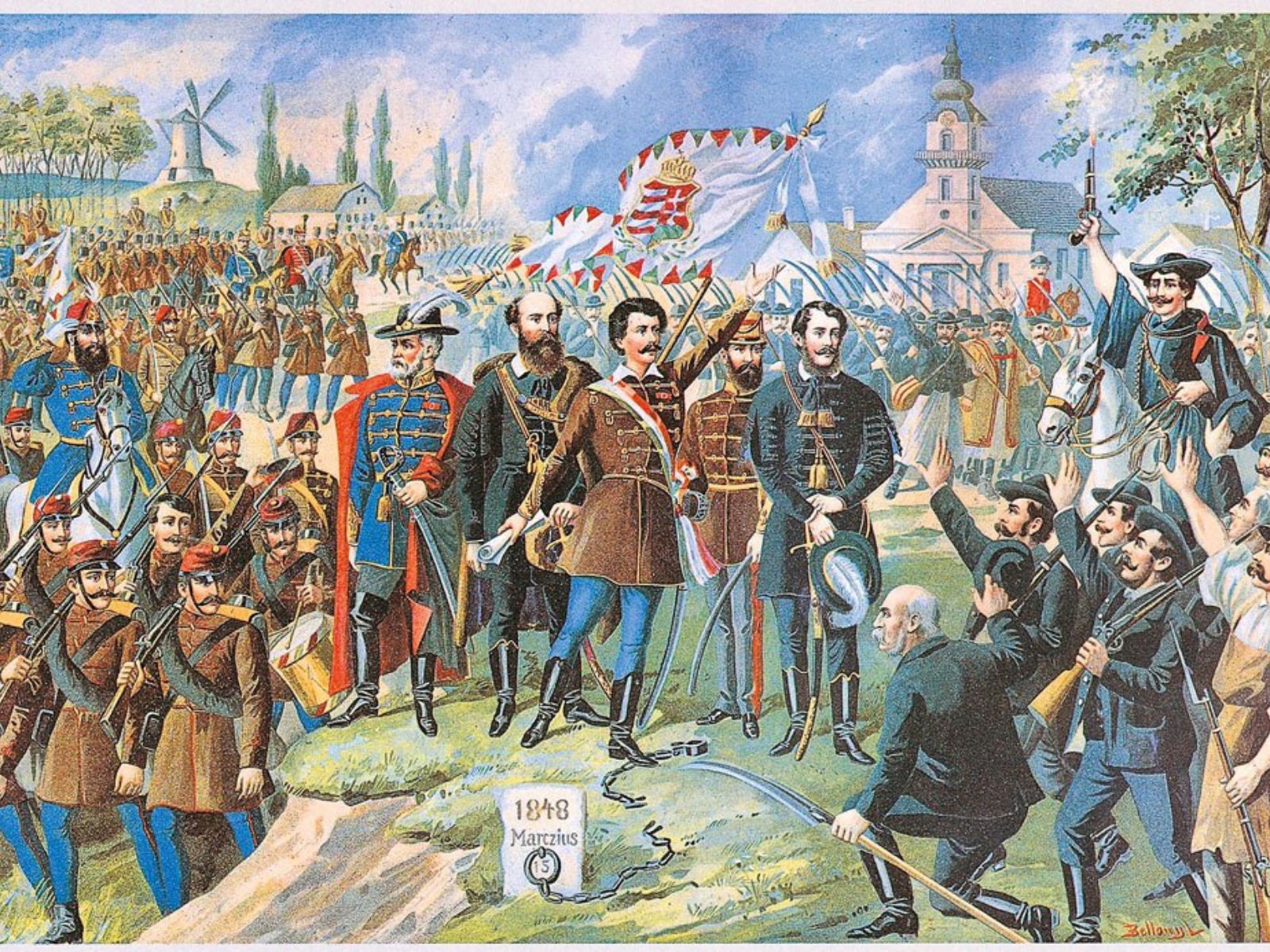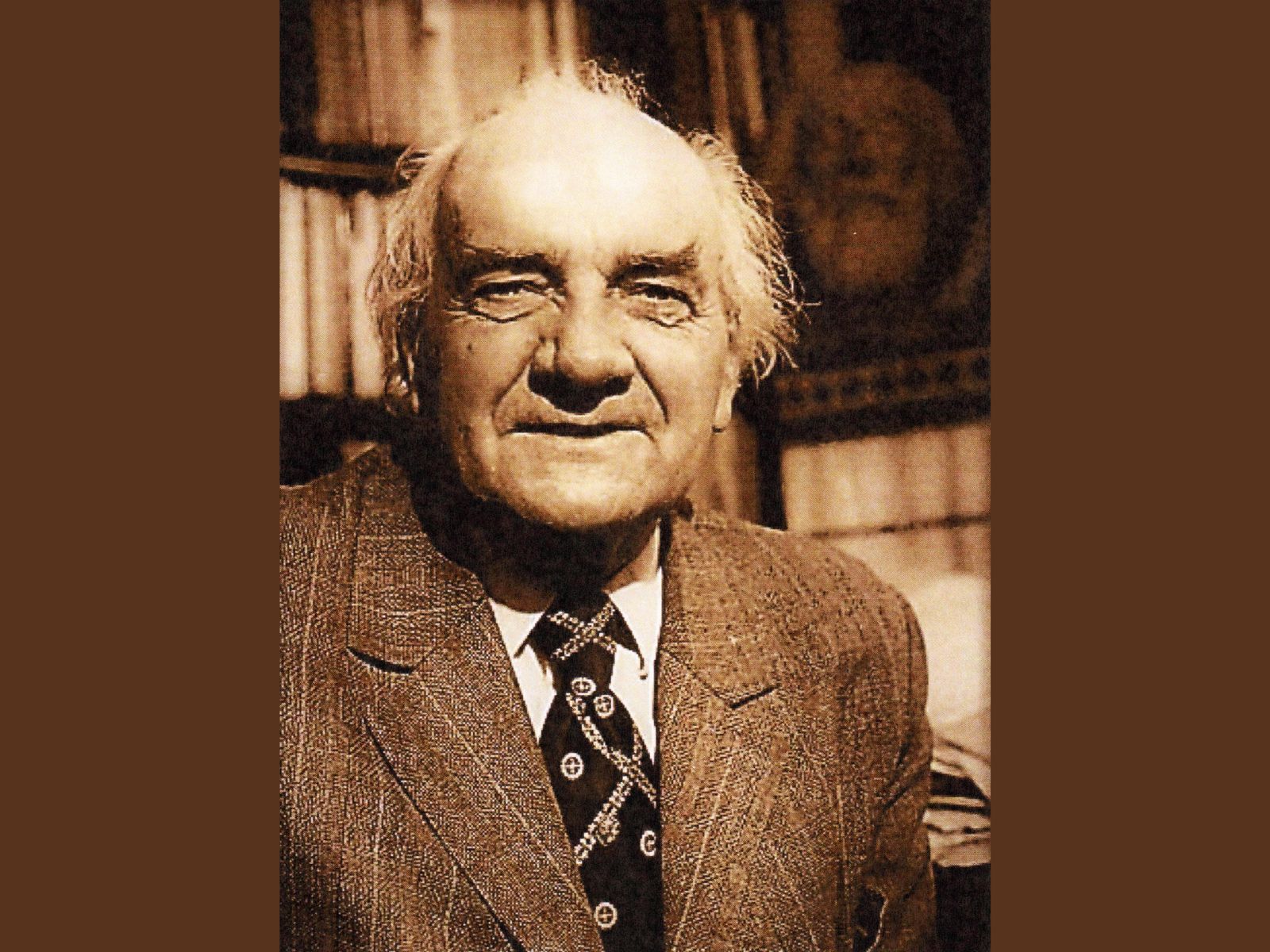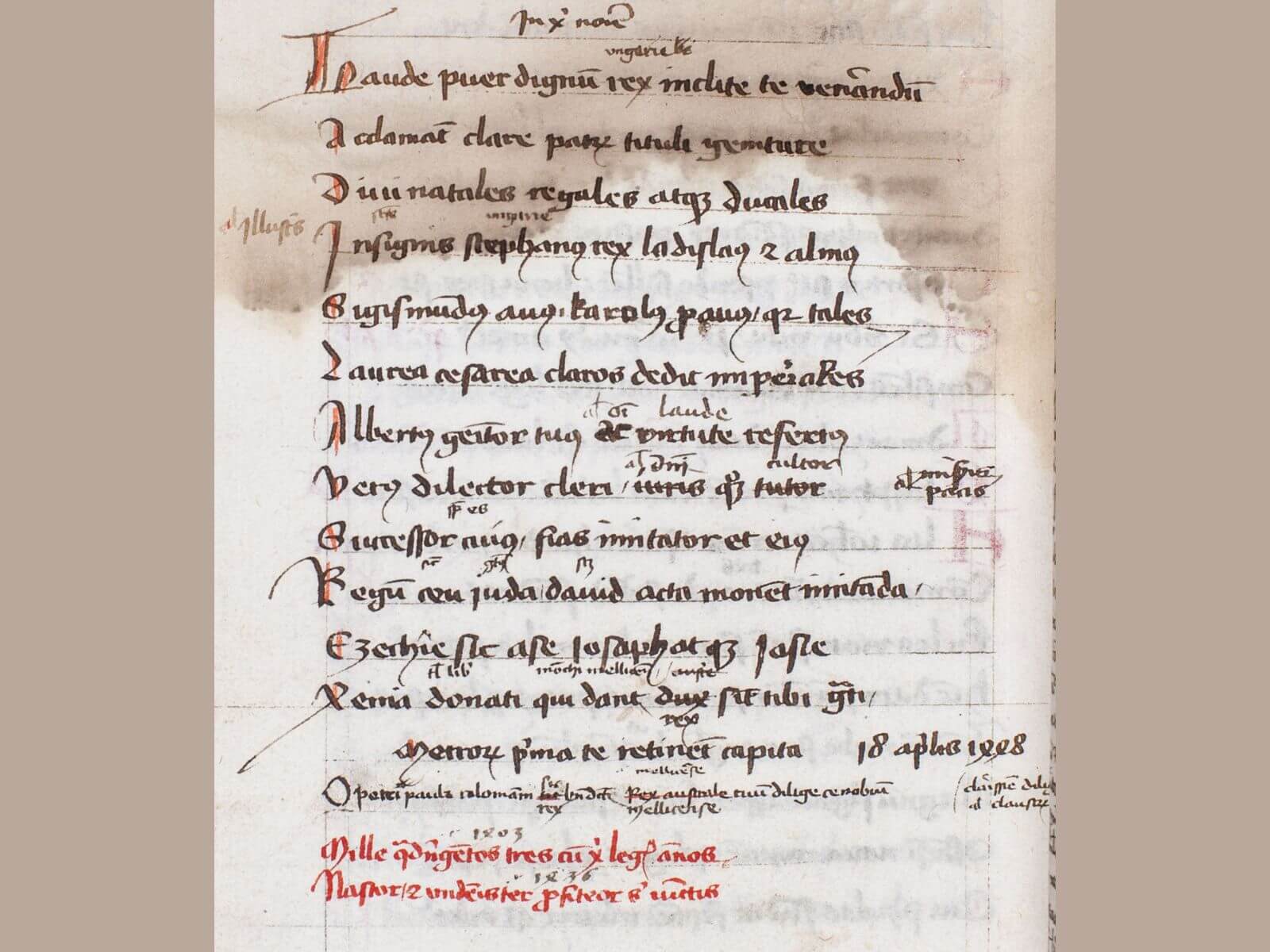
Szabadságharcos hiedelmek és a valóság
Lehet, hogy Petőfi Sándor mégsem halt meg a fehéregyházi csatában 1849-ben? Görgei Artúr áruló volt? Kossuth Lajos előre látta Trianont? A kiegyezéssel kapcsolatban Deák Ferencnek vagy inkább Kossuth Lajosnak volt igaza? – a világhálón talált legpopulárisabb, 1848/1849-es szabadságharchoz kapcsolódó kérdésekről nyilatkozott a Magyar Nemzetnek Köő Artúr történész, a Magyarságkutató Intézet munkatársa, a Nemzeti Közszolgálati Egyetem (NKE) tanársegédje.
1849 március idusa: „a Magyar Szabadság évnapja”
Bizony, 1849 márciusában nehéz helyzetben volt Magyarhon. Kál–Kápolna mellett döntetlennel végződött a császári-királyi és a magyar fősereg összecsapása, a honvédek azonban parancsra meghátráltak.


A „kettős honfoglalás” elmélete az írott kútfők tükrében
„A múlt kutatója állandóan a »termékeny bizonytalanság« légkörében dolgozik.” Ezt a szakmai hitvallást a ma 115 évvel ezelőtt született László Gyula fogalmazta meg.
Névrejtvény születésnapra
A magyar történelemnek talán az egyik legnegatívabb megítélésű uralkodója V. László. Jóllehet, mindösszesen tizenhét esztendő adatott neki, mégis jelen van a magyar történelmi emlékezetben, mégpedig nem is annyira a történettudománynak, mintsem a művészetnek köszönhetően.


Veterán katonától a merengő lányig
Megszülettek a Magyarságkutató Intézet történelmi újrajátszóknak, történelmi hagyományőrzőknek kiírt fotópályázata eredményei.
Petőfi első külföldi nagykövetei
Petőfi Sándornak, a forradalom, a szabadság és a szerelem költőjének nyoma veszett az 1849. július 31-én vívott segesvári csatát követően. Rendkívüli egyénisége és tehetsége pótolhatatlan űrt hagyott maga után, népszerűsége azonban töretlen maradt.


Hiánypótló kötetek a második világháború utolsó időszakáról
Katonai és civil naplók, visszaemlékezések sora jelent meg a rendszerváltoztatás óta, amelyek közül azonban hiányoznak a vezérkari tisztek emlékei.
Miért fontos a nemességkutatás?
Erről is beszél majd dr. Szuromi Rita történész, a Magyarságkutató Intézet Történeti Kutatóközpontjának tudományos főmunkatársa, aki Babucs Zoltán hadtörténész vendége lesz a Kossuth Rádió Az este című műsorában.


A Magyar név nyomai a mongoloknál
Miután a mongolok hatalmuk alá hajtották a kínai területeket, a telet Pekingben töltötték, a nyarat viszont a mongol pusztában lévő hűvösebb rezidencián.
Dunán túl vagy Dunántúl?
Ha bárkit megkérünk, hogy sorolja fel a magyar helyesírás legproblémásabb területeit, biztos, hogy nagyon hamar megemlíti a földrajzi neveket.
